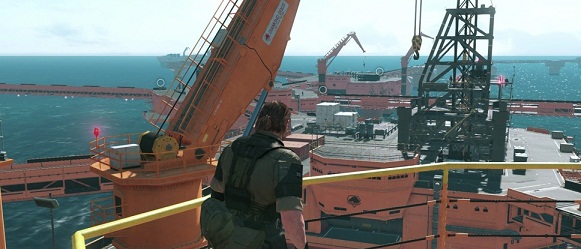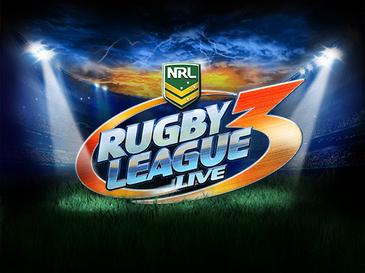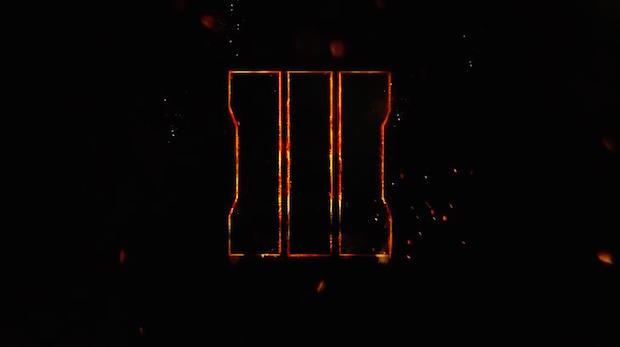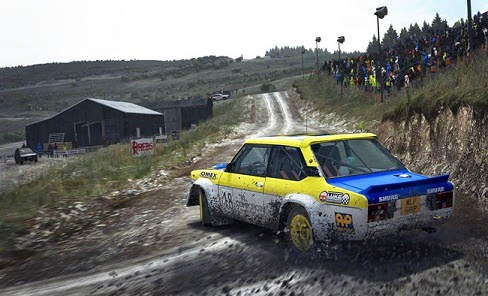

Undead Labs was founded in 2009, in the thick of the resurgence of zombie craze films like Dawn of the Dead which helped breathe life back into the genre. While the studio’s sole focus on the niche market of zombie-related games might be a bit limiting, to pass up on their recent first release State of Decay would be a grave mistake.
The open-world survival horror is a compelling yet interesting hybrid, borrowing elements of other entries into the genre while maintaining a unique style. It begins quickly and with little exposition: the first player character, Marcus returns from a camping trip to find the world he once knew in turmoil. The living have been replaced with flesh-hungry corpses, etc.. The player must fight to survive in a post-apocalyptic setting, securing supplies and reinforcing makeshift bunkers.
Where this game differs from standard zombie fare is in its successful combination of positive traits from other sources. There’s a bit of Telltale Games’ The Walking Dead in here, as well as DayZ‘s hand-to-mouth survival gameplay, and a level of ruthlessness that would make Dark Souls blush. While putting these together might sound like the perfect storm for a generic iPad zombie tower defense game, State of Decay’s ambition is much higher – and it pays off.
After being thrust into a now zombie-filled world, Marcus becomes acquainted with a small group of survivors, and through him the player will embark on various rescue and salvaging missions. Meeting new characters means the ability to take control of them, and each player character has his or her own strengths and weaknesses. Just like in real life, some folks are just more prepared than others for an impending zombie apocalypse. As such, the game cleverly peppers both experienced and inexperienced player characters throughout the world.
Player character management is key to the survival of your group.
A character who starts out inexperienced can level up and learn new survival skills. Even those with skills can do with an upgrade in other areas, as beefier, construction-savvy individuals may require some stamina training to outrun the horde if necessary. Of course, a post-apocalyptic world would be incomplete without character archetypes. State of Decay has kindly thrown in the selfish, the cowardly, and the outright dangerous to its mixed bag of player characters.
Morale between characters in your base is of great importance, as low morale leads to more slip-ups, distrust between characters, and potential ruin for your group as a whole. Between this and the threat of the undead, it’s frighteningly easy for members of your party to become injured or die. When that happens, the effects are permanent. State of Decay is not a game known to give second chances – when you screw up, it’s on you. A character dead is a resource permanently lost, and no sympathy is given from the game – even for your starting character, Marcus.
The grim outlook State of Decay provides is a near-perfect blend of some of The Walking Dead’s best emotional attributes, coupled with the staggering unforgiving nature of Dark Souls. If someone dies, or a base is overrun by the undead masses, that’s that. The feeling of helplessness and the need for careful decision-making is palpable, and knowing any character’s decision could be its last is what adds to the game’s tension, and subsequently its success.
While there is a story running throughout State of Decay, it wisely plays second fiddle to the open-world exploration and survival aspect of the game. This is broken down into various side missions, and clever base construction and character development systems. There is a sizable arsenal of guns and melee weapons scattered throughout the world, and enough supplies to survive on, granted they are found.
Building additions to your bunkers will allow for more upgrades, and a more fortified area.
After peeling back layers of supply runs and zombie encounters, a large part of the meat on these bones is base construction – and it’s arguably the most engaging aspect of the game. Choosing a location to settle down in is only the beginning, and even then it can be a chore. While the first crew players meet are holed up in a gutted church, one can relocate to other locations on the map. However, this comes with a sizable trade-off: bigger locations will have more room for supplies and other necessities, but will be more difficult to defend with a smaller group. Smaller locations are ideal for a tight operation, but don’t allow for much growth.
Adding to the complexity is the number of upgrades that can be made to a base. Training rooms keep player characters fit and mobile, gardens produce food supplies, and workshops keep your gear in tip-top shape. Like with the rest of the game, every decision made can be the one that spells disaster for the group. Spreading oneself too thinly with micro-managing means you may not develop a necessary advantage to survive with strength, but remaining too focused in one area of operation means missing out on another entirely.
With everything that’s good about this title, there are a few issues that can be frustrating. Framerate drops during heavy sequences are a big setback when facing many enemies at once, impacting reaction time and ultimately a character’s survival. There are a some technical glitches here and there, which can be as simple as characters walking through objects, to enemies completely dropping out of the landscape.
‘State of Decay’ is a zombie shootin’ good time, despite some technical hiccups.
Despite its hiccups, Undead Labs has done a fantastic job creating an immersive and deeply suspenseful experience. State of Decay successfully sets itself apart from the horde of zombie games already saturating the market, and is definitely worth the asking price of 1,600 Microsoft Points.
State of Decay is currently available on Xbox Live Arcade, and a Windows PC version is currently in development.
Follow me on Twitter @superkyol.




 Best Class to use in Dark Souls 2
Best Class to use in Dark Souls 2 How to Unlock Dark Ops in Call of Duty: Black Ops 3
How to Unlock Dark Ops in Call of Duty: Black Ops 3 DiRT Rally (PC) early access review
DiRT Rally (PC) early access review Online Streams Are Destroying Cable TV and These 3 Stats Prove It
Online Streams Are Destroying Cable TV and These 3 Stats Prove It How to fix Valkyria Chronicles PC Graphics Issue, Unable to save game bug, Mouse issues, Menu errors and more
How to fix Valkyria Chronicles PC Graphics Issue, Unable to save game bug, Mouse issues, Menu errors and more